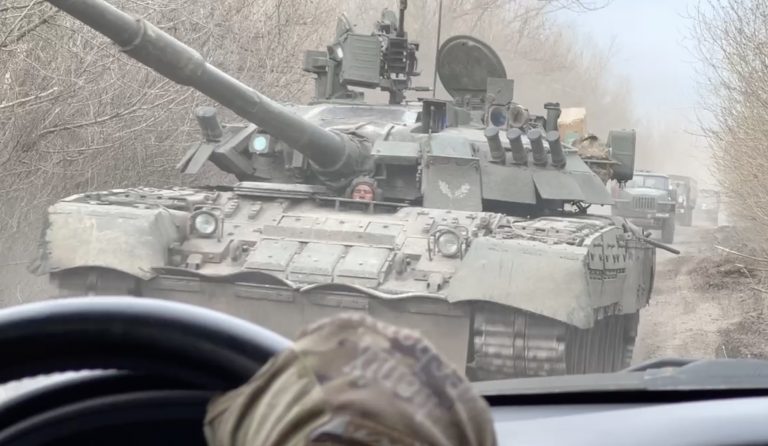Russian buildup around key city imperils tens of thousands of Ukrainian troops in eastern Donbass region
Russian forces have held the eastern Ukrainian city of Izyum for weeks, fending off several Ukrainian counterattacks on an area that has become a crucial salient in the war as Moscow begins a massive offensive into the Donbass region.
With a population of less than 50,000, Izyum lies southeast of Kharkov, a major industrial center near the Russian border. Further southeast is the Donbass, where several divisions’ worth of Ukrainian troops grapple with both Russian regular units as well as forces of the Lugansk and Donetsk separatist states.
The Izyum salient threatens to cut off the tens of thousands of Ukrainians holding their positions in the Donbass, but attempts to drive the Russians out — and stop an influx of reinforcements — have been inconclusive thus far.
While Ukraine announced the loss of Izyum on April 1, the battlezone is heating up as it’s likely Russian troops that retreated from the Kiev area around the same time are now being redeployed east after refit.
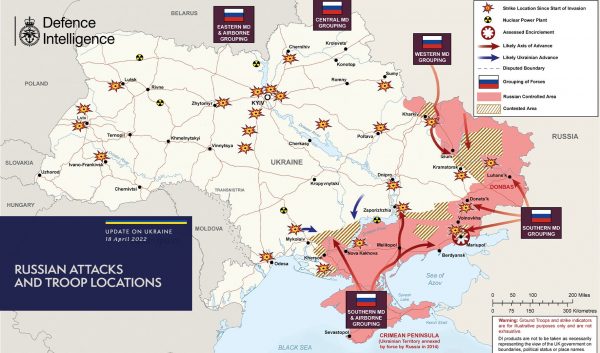
Russia’s ‘key direction’
On April 2, Ukrainian internal affairs ministry official Vadim Denisenko warned that the Russians’ “key direction” was an “axis from Izyum to Volnovakha,” referring to a town in the south of the Donetsk region that was captured by Russian forces in mid-March.
Success
You are now signed up for our newsletter
Success
Check your email to complete sign up
“All the time there are fights near Izyum, they are trying to break into the Donbass, we are holding them back,” Denisenko said.
Photos and videos posted to social media show what are supposedly the results of battle in and near Izyum over the last two weeks. One post from April 17 includes several photos of allegedly destroyed and captured Ukrainian tanks from the 93rd Mechanized Brigade.
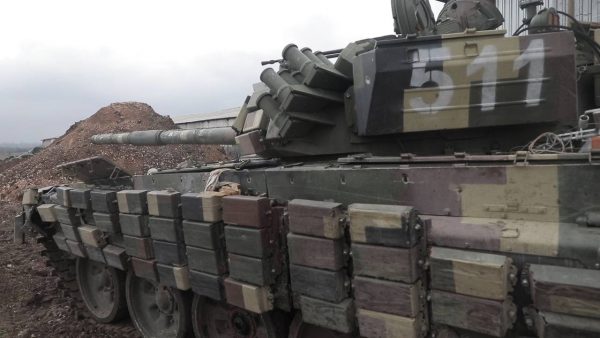
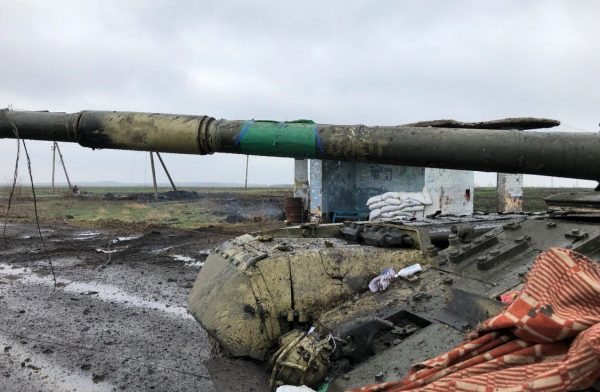
On April 10, photos show the remains of a Ukrainian Su-24M tactical bomber, apparently shot down that day south of Izyum. Two more Ukrainian jets were claimed to have been downed on April 14 by handheld anti-air missile launchers. Images posted April 17 show the wreckage of another Su-24M, purportedly from the 7th Tactical Aviation Brigade based out of western Ukraine.
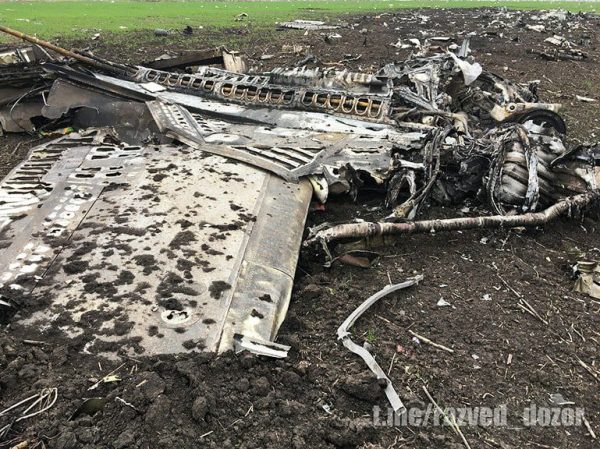
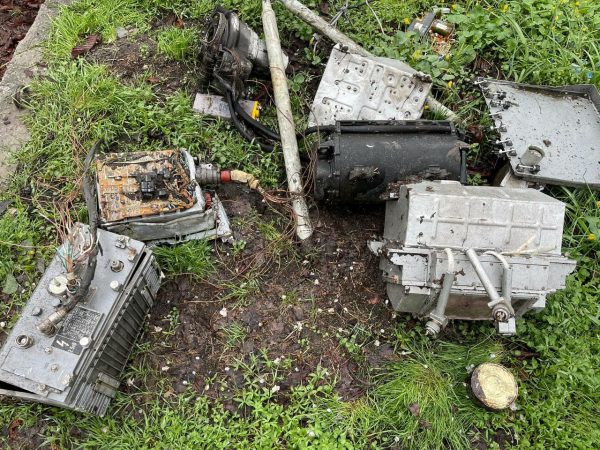
The severity of casualties in the fighting for Izyum is difficult to assess. On April 8, a commander of the ultranationalist “Right Sector” battalion, Taras “Hammer” Bobanich, was allegedly killed in fighting outside the city. Day prior, photos showed Russian troops handling NLAW anti-tank rockets and other Western-made weapons reportedly captured in Izyum.
The Russian Federation launched a full-on invasion of Ukraine on Feb. 24, after years of lower-intensity conflict following the Maidan coup in 2014.
Though Russian forces advanced on Ukraine’s capital and other cities in the north, they withdrew from the entire Kiev front in early April after suffering heavy losses. In the south, Russian troops marched from the previously annexed Crimean peninsula to take the entirety of the southern flank of the Dnieper River.
These gains included the largest nuclear power plant in Europe as well as Kherson, a port city that lies at the mouth of the Dnieper. An attempt to capture the nearby shipbuilding center of Nikolayev was repelled by Ukrainian defenders.
On April 13, the Russian Black Sea fleet lost its flagship, the Slava-class cruiser Moskva, to either an onboard munitions fire or attack by Ukrainian Neptune anti-ship missiles.
Battle for Donbass
Donbass, named for the basin of the Donets River that flows through Ukraine and Russia, has been at the center of the Russo-Ukrainian conflict along with the Crimea since 2014. Populated by mostly Russian speakers, the region experienced an armed rebellion following the Maidan coup that ousted Ukraine’s pro-Russia government.
Backed heavily by the Kremlin, the separatist “people’s republics” of Donetsk and Lugansk battled with Ukrainian government and irregular forces for nearly eight years before receiving official recognition from Moscow. The U.N. and most other countries do not see the DPR or LPR as sovereign countries.
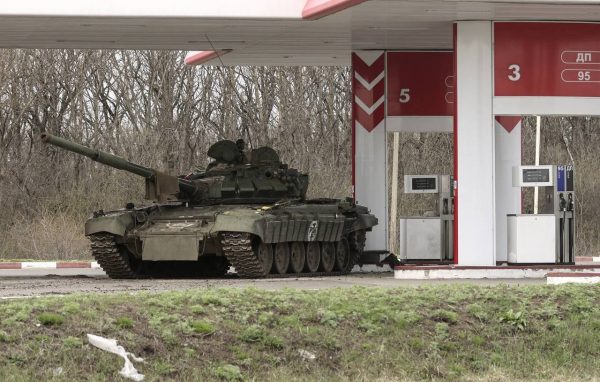
The drawn-out conflict in Donbass meant that by the time of the Russian invasion, tens of thousands of Ukrainian professional troops were committed to and dug in throughout Donetsk and Lugansk.
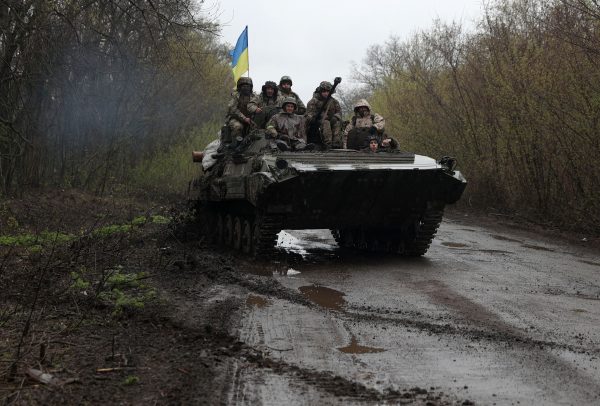
On April 18, the Kyiv Independent announced the start of a concerted Russian offensive in the region, and quoted Ukrainian President Volodymyr Zelensky as saying that the country would defend Donbass to the end.
“No matter how many soldiers are drawn there, we will defend ourselves. We will fight. We will not give up anything Ukrainian,” Zelensky stated.
The Russian military on April 19 stated that the “special military operation” in Ukraine had entered its second phase. This announcement comes as Russian and separatist troops clear out what remains of the Ukrainian resistance in the southern port town of Mariupol.
UK military analyst professor Michael Clarke, earlier told Australia’s Sky News that if the Russians can manage a pincer movement from Izyum and its holdings in the south, it would allow them to return to the northern part of Ukraine.
Moreover, a decisive victory in Donbass would hand Moscow a strong morale boost, given the ethnic Russian separatists’ nearly one decade of conflict with the Ukrainian military that has claimed tens of thousands of lives on both sides.



